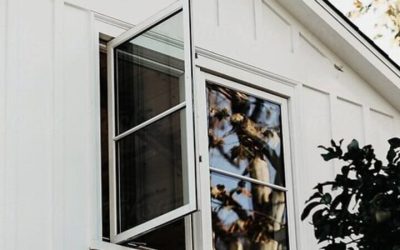Abrasive materials have been used to smooth out irregular surfaces or to create a suitable surface for bonding, painting, finishing or the application of coatings. Abrasive blasting can include a range of different materials that include sand as well as specific types of small particles of abrasive media thatare selected based on the type of metal or alloy in the workpiece and the structure.
In some types of applications, grit blasting can also be used on non-metal surfaces. It is a standard option when concrete, stone or masonry is being repaired or resurfaced.
How It Works
All options and uses for grit blasting use the same methods and principles. It is the application of fine “grit” or media through pressurized air. As the pressurized air carrying the grit contacts the surface, it provides an abrasive effect, removing surface irregularities, rust, scale, paint or any other previous types of applied coatings. Different methods of abrasive blasting can be used to smooth out the surface or used to create a rough surface that is ideal for bonding materials or for other types of processes.
This process is essential for metal, particularly in the area of a weld. By using the grit blasting process, any possible scale, rust or material is removed, allowing for a strong, complete and well-formed weld. Without the use of abrasive blasting, the weld can be negatively impacted by the surface quality of one or both sides of the joint, resulting in a weld that fails over time and with pressure.
There is also the option to use a wet abrasive blasting method. This is often an advantage as it allows for larger and coarser grit particles to be used to treat the surface. Often there is the need for the use of a coarse and then a fine grit to create the ideal surface.


